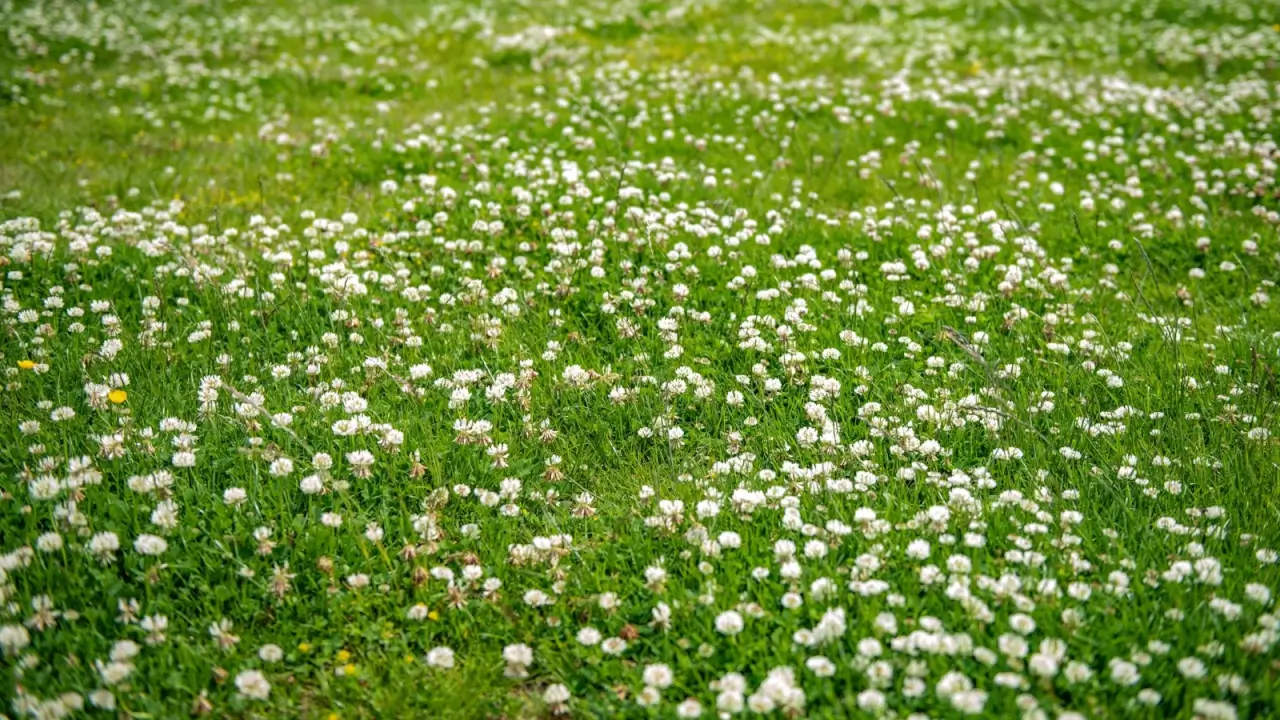
"No matter the type of farm, there's an advantage to planting soil-feeding cover crops ahead of fall and winter. The assistance provided depends on the crops you plant. But there is definitely one out there to help you accomplish your desired soil conditions. Whether it's soil tilth, an increase in nitrogen, or phosphorus availability, a cover crop's purpose is to improve and enrich the foundation of your farm."
"Start with a soil test to determine what your soil needs. If you already know your soil's chemical composition, use your goals for next season to give you an idea of what to plant. Then, get a plan together for termination, and you're well on your way to including an important aspect of soil conditioning in your farm. When it's cold over winter, exposed soils tend to erode."
Planting soil-feeding cover crops ahead of fall and winter improves soil tilth and can increase nitrogen and phosphorus availability depending on species. Cover crops protect exposed soil from winter erosion by providing cover or mulch, minimizing disturbance and strengthening soil structure. Many cover crops feed specific soil microorganisms, promote earthworm activity, and enhance aeration so nutrients and water move more freely through the soil. Increased soil organic matter and a strengthened nutrient loop retain carbon and other nutrients, making fields easier to cultivate. Begin with a soil test, select crops to meet next-season goals, keep fields in rotation to limit pests, and plan termination to realize benefits.
Read at Modern Farmer
Unable to calculate read time
Collection
[
|
...
]